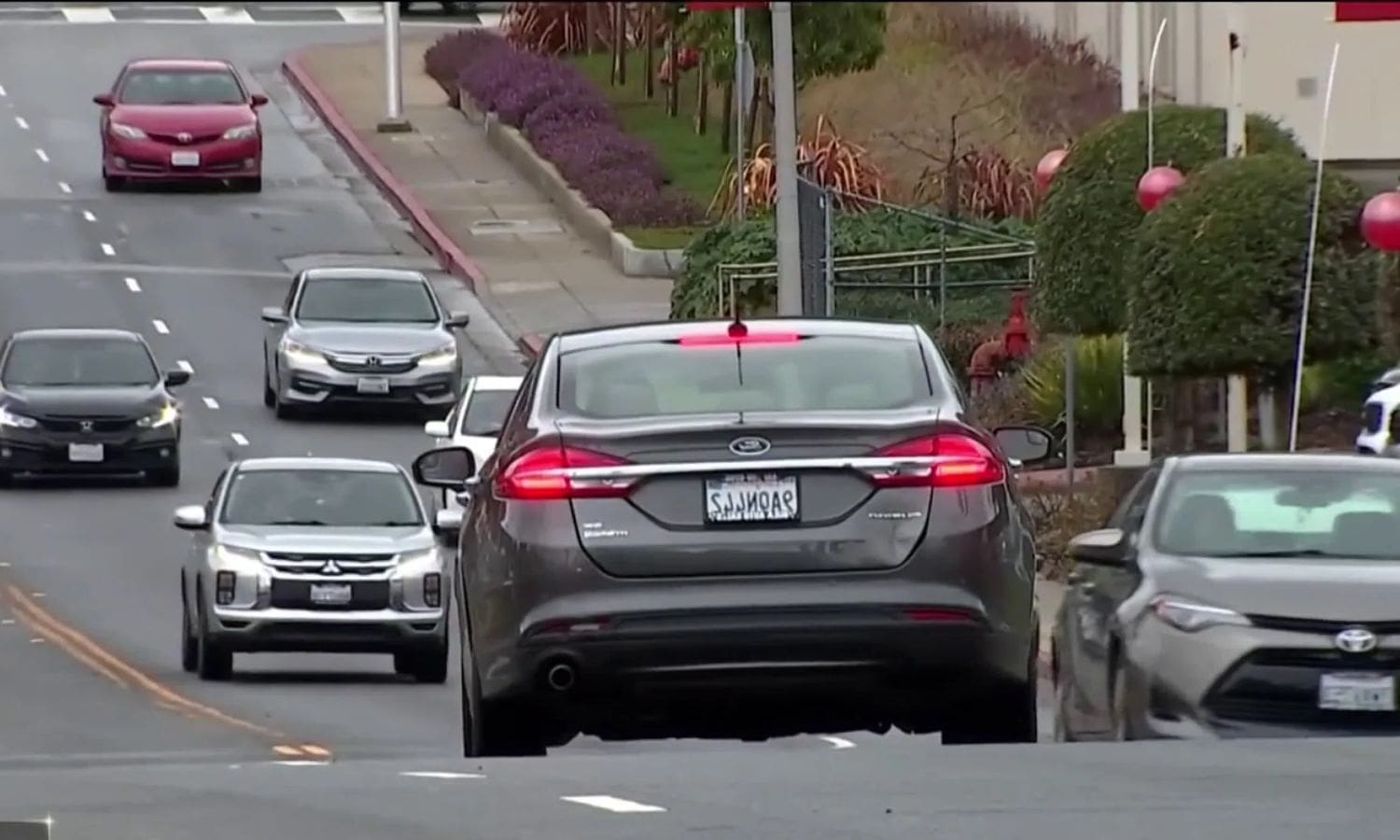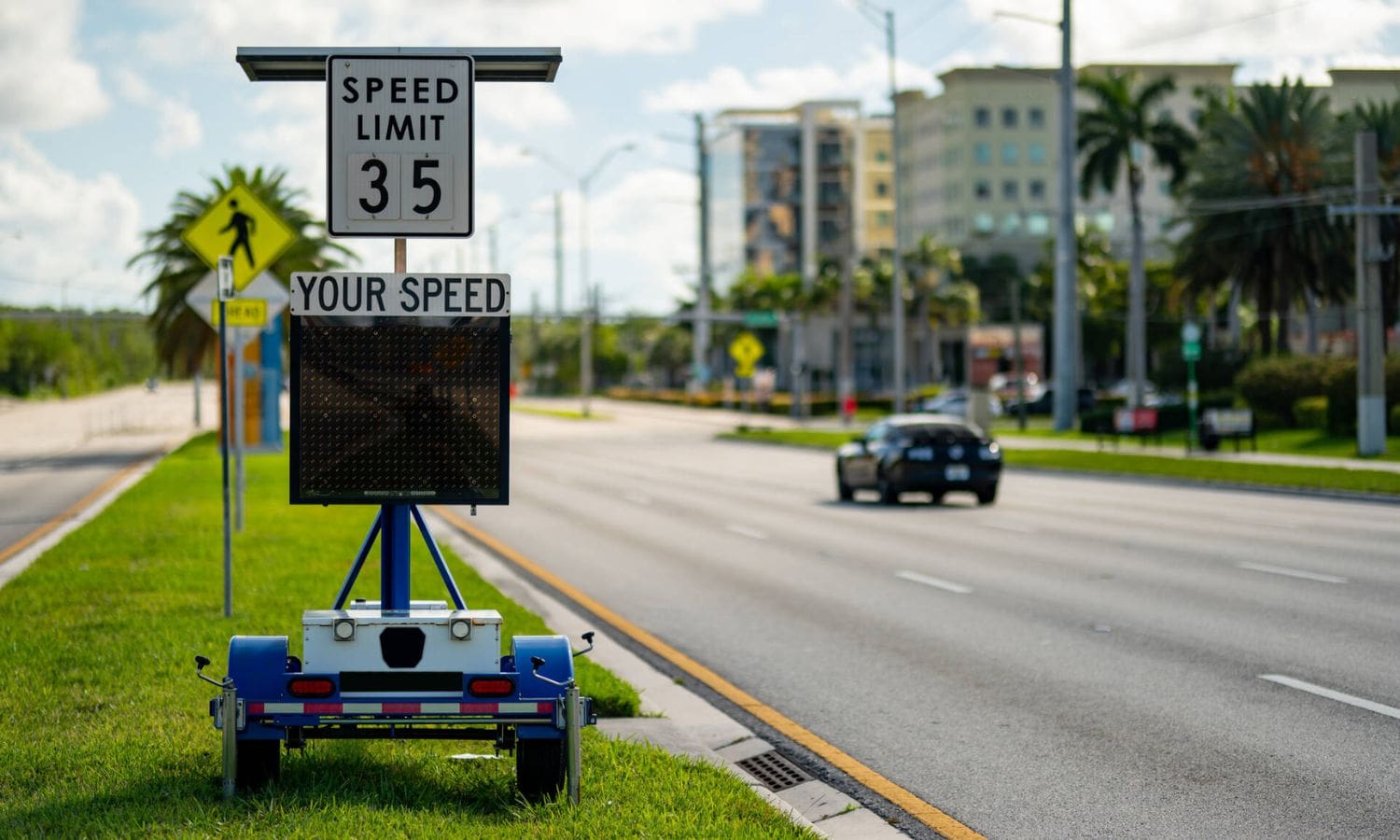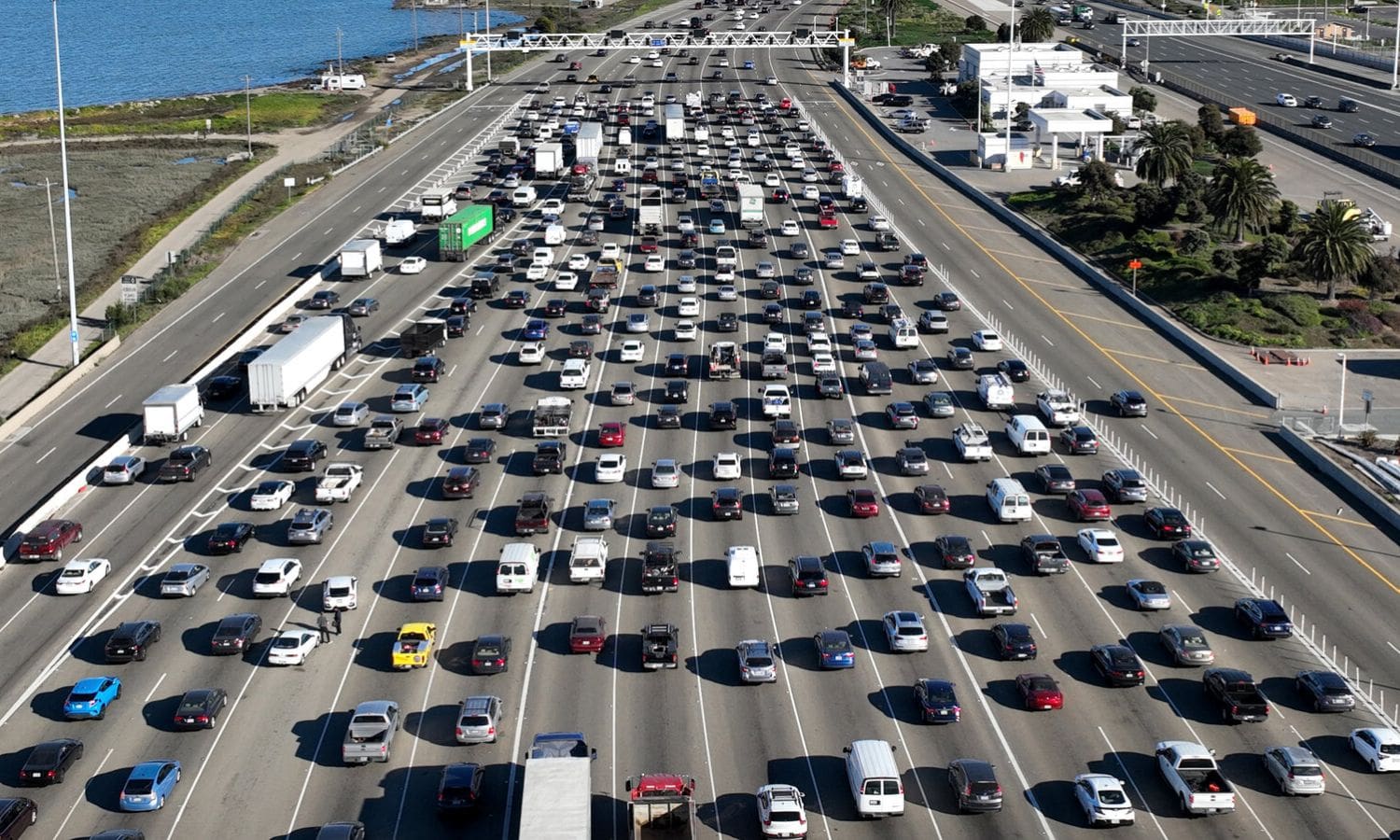California Proposes Speed Limiting Tech: California, known for its progressive approach to legislation, has recently proposed a groundbreaking measure that could transform the way we drive. The state is considering implementing speed-limiting technology in new cars, a move that aims to enhance road safety and reduce the number of accidents caused by excessive speed.
While some may view this as an infringement on personal freedom, proponents argue that it could greatly mitigate the risks associated with speeding and ultimately save countless lives.
If this proposal becomes a reality, it could revolutionize the automotive industry and spark a nationwide conversation about the balance between individual liberties and public safety.
Key Takeaways Of California Proposes Speed Limiting Tech
- California State Senator Scott Weiner has proposed a speed-limiting technology mandate for new cars sold in the state.
- The technology aims to enhance road safety by restricting the speed to 10 miles per hour above the posted speed limit.
- The speed-limiting technology utilizes GPS and other sensors to monitor the vehicle’s location and speed limit.
- The proposed trailer safety measures aim to protect pedestrians and cyclists by mandating side protections on trailers and improving visibility through reflective materials or lights.


Speed-Limiting Technology Mandate
The Speed-Limiting Technology Mandate proposed by California State Senator Scott Weiner aims to enhance road safety by requiring new cars sold in the state to be equipped with technology that restricts their speed to 10 miles per hour above the posted speed limit.
This mandate seeks to address the issue of speeding, which is a major cause of accidents and fatalities on the roads. By implementing this technology, it is hoped that drivers will be compelled to adhere to speed limits, reducing the likelihood of accidents and promoting a safer driving environment.
The technology would work by utilizing GPS and other sensors to monitor the vehicle’s location and the posted speed limit in that area. If the vehicle exceeds the speed limit, the technology would automatically limit its speed to ensure compliance.
This Speed-Limiting Technology Mandate holds the potential to significantly improve road safety and save lives.
Trailer Safety Measures
Addressing the issue of trailer safety, the proposed law also introduces measures to enhance protection for pedestrians and cyclists involved in accidents or collisions. These safety measures aim to mitigate the impact of accidents and collisions involving trailers, particularly concerning vulnerable road users.
The specific trailer safety measures proposed in the law are as follows:
- Mandating side protections: The law requires trailers to have appropriate side protections to reduce the risk of pedestrians or cyclists being trapped or dragged in the event of an accident or collision.
- Improving visibility: The law proposes measures to enhance the visibility of trailers, such as requiring reflective materials or lights, to make them more noticeable to other road users.
- Raising awareness: The law aims to increase awareness among drivers about the presence of trailers on the road and the need for caution and consideration when sharing the road with pedestrians and cyclists.
These proposed measures seek to create a safer environment for all road users and reduce the risks associated with accidents or collisions involving trailers.
Implementation of New Traffic Laws
The implementation of new traffic laws in California, effective January 1, 2024, will bring about significant changes and increased enforcement measures to improve road safety and address various traffic-related issues.
One of the key measures is the deployment of cameras to issue fines for speeding violations. This technology aims to deter drivers from exceeding the speed limit and reduce the number of accidents caused by excessive speeding.
Additionally, the new laws include penalties for improper parking in bicycle lanes, aiming to ensure the safety of cyclists. Restrictions on parking near pedestrian crossings will also be enforced to enhance pedestrian safety.
Furthermore, the legislation will impose more severe consequences for catalytic converter theft, which has been on the rise in recent years.
These new traffic laws reflect California’s commitment to creating safer roads for all its residents.


Traffic Regulations and Enforcement
To ensure compliance with the newly implemented traffic laws, California has introduced several regulations and enforcement measures aimed at improving road safety and reducing traffic violations.
These measures include the use of video cameras to cite speeding drivers, similar to the system for red light violations. Sanctions can now be imposed on drivers through camera evidence for parking in bicycle lanes.
Additionally, the legislation introduces penalties for parking too close to crosswalks and provides protection for drivers with recently expired license plate tags. Furthermore, California has imposed stricter penalties for catalytic converter theft, recognizing the increasing prevalence of this crime.
These regulations and enforcement measures are designed to promote safer driving habits and discourage reckless or illegal behavior on the roads.
Additional Changes and Elimination of Restrictions
In addition to enhancing road safety measures, the legislation in California includes provisions that allow for additional changes and the elimination of certain restrictions on vehicle modifications. These changes aim to accommodate a variety of vehicle modifications while maintaining road safety standards. Specifically, the proposed law permits lowrider cars in California and eliminates restrictions on modifying cars to lower their suspension.
This means that car enthusiasts will have more freedom to customize their vehicles according to their preferences. To illustrate the impact of these changes, the following table provides examples of vehicle modifications that will be allowed and restrictions that will be eliminated:
| Allowed Modifications | Eliminated Restrictions |
|---|---|
| Lowrider cars | Restrictions on lowering suspension |
| Custom body kits | Restrictions on altering vehicle appearance |
| Aftermarket exhaust systems | Restrictions on modifying exhaust systems |
| Tinted windows | Restrictions on window tint darkness |
| LED light installations | Restrictions on additional lighting modifications |
These changes not only provide car owners with more options for personalization but also contribute to the overall diversity of vehicles on the road.


Also Read: Jose Man Faces Conviction in 2018 Hit-and-Run Fatality
Conclusion Of California Proposes Speed Limiting Tech
The proposal to implement speed-limiting technology in new cars in California aims to enhance road safety and reduce accidents.
Alongside this measure, the state also plans to introduce trailer safety measures and implement new traffic laws to ensure better traffic regulations and enforcement.
These changes and the elimination of certain restrictions are expected to contribute to a safer and more efficient transportation system in California.
Our Reader’s Queries
Q1. What does the California basic speed law say?
A. Motorists in California are required to adhere to the Basic Speed Law, ensuring that their driving speed aligns with the current road conditions for maximum safety. It is imperative to exercise caution, adjusting speed accordingly in response to prevailing conditions.
Q2. What is the legal speed limit in California?
A. On the majority of California highways, the maximum speed limit is set at 65 mph. However, on two-lane undivided highways and for vehicles towing trailers, the default maximum speed limit is 55 mph, unless otherwise indicated by posted signs.
Q3. Are speed limiters mandatory in the US?
A. Presently, there is no nationwide requirement for speed limiters in the United States. Nonetheless, certain states have introduced their own regulations, and the discussion regarding a potential national mandate is ongoing.
Q4. What are the 3 maximum speed limits in California?
A. Typically, the speed limit on multilane freeways is set at 65 mph, although in certain regions, it may be increased to 70 mph. For two-lane highways, the standard limit is generally 55 mph. City streets typically have a speed limit of 35 mph, but in residential zones and proximity to schools, the limit is commonly reduced to 25 mph.
Q5. What is the fastest freeway in California?
A. The swiftest roadway in close proximity to an urban center is California Route 73, a six-lane freeway situated in Orange County. This thoroughfare links Santa Ana and San Juan Capistrano as it traverses the San Joaquin Hills.

